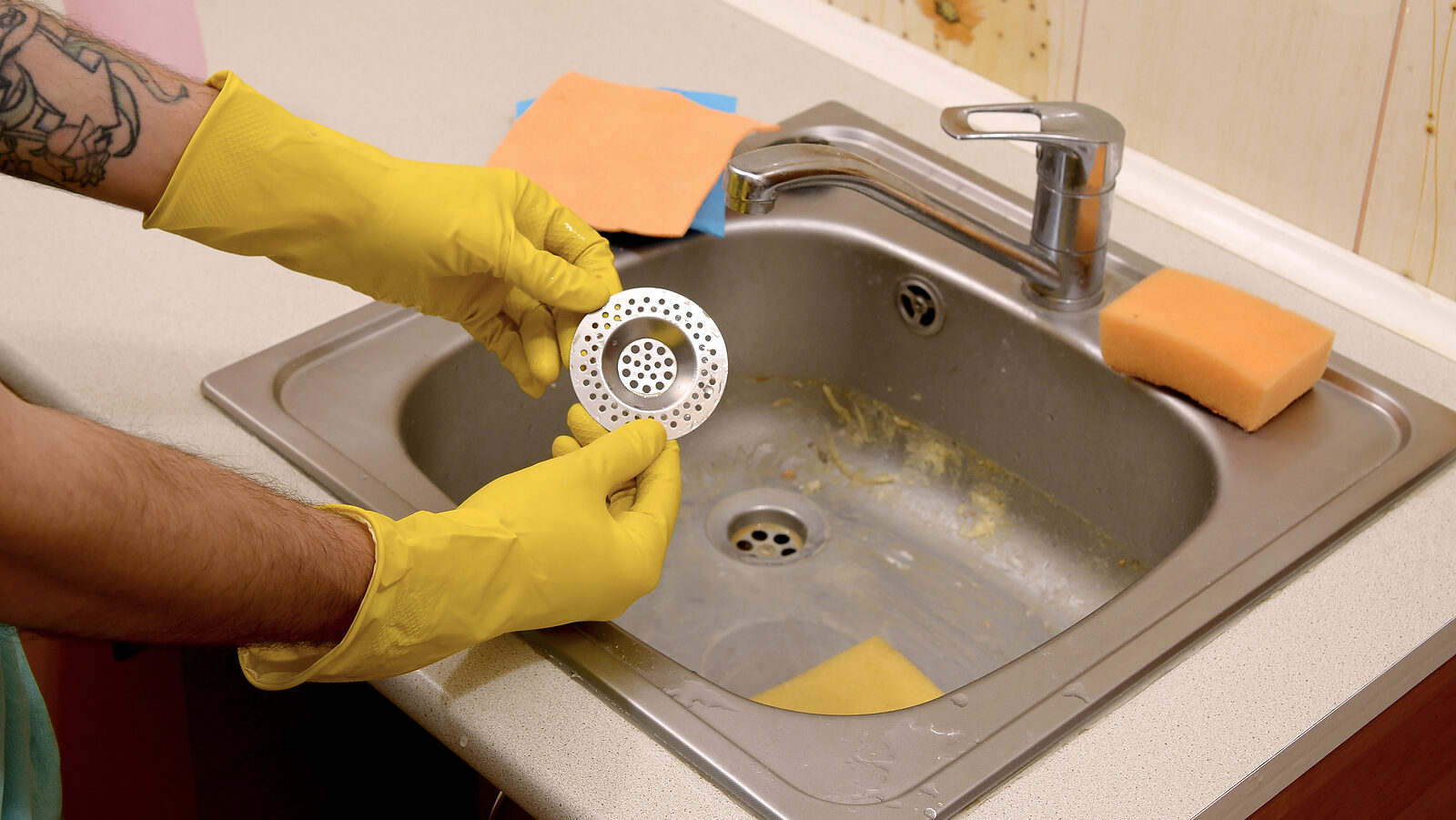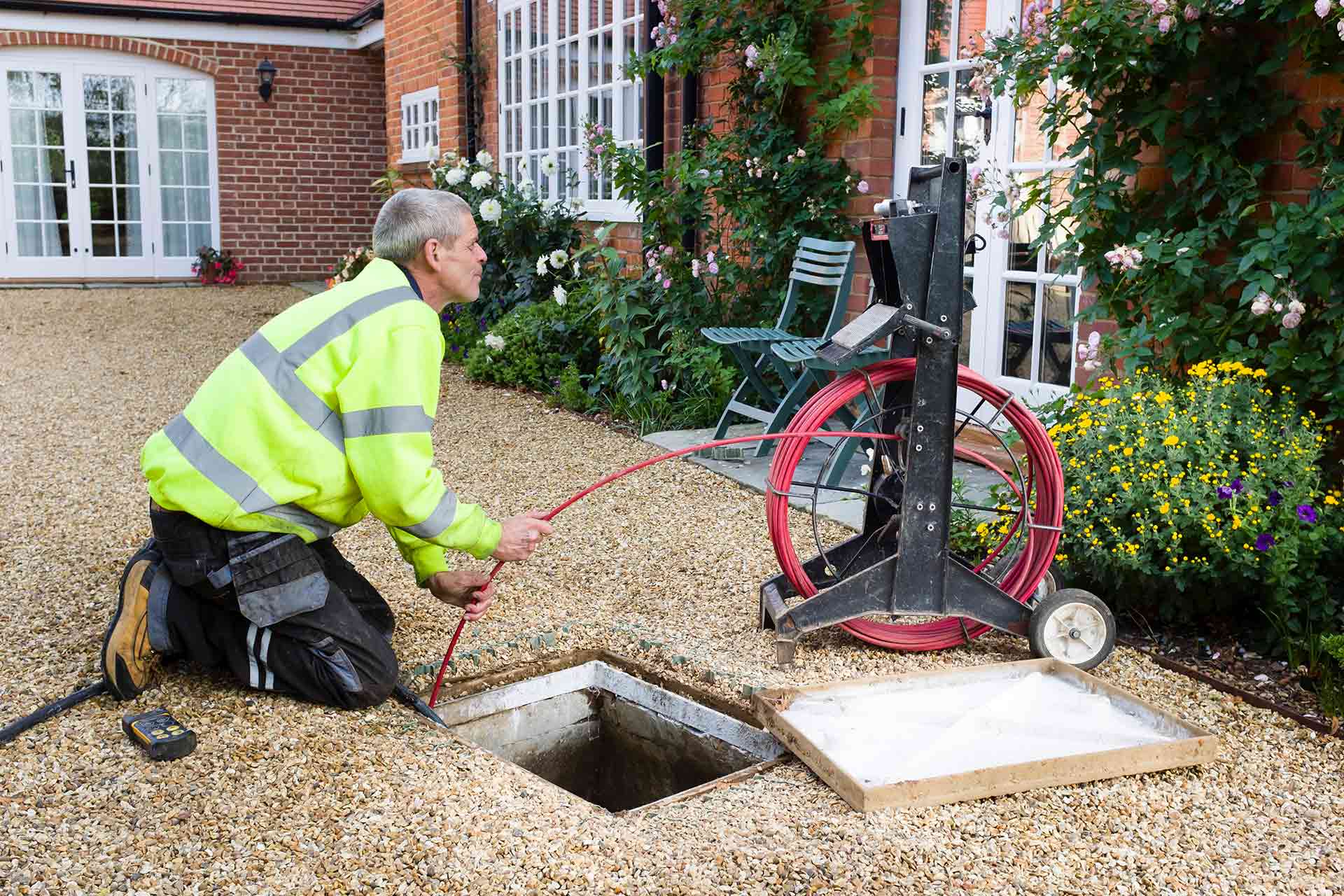Steps to Follow for Repairing a Blocked Drain Before Reaching out to Professional Plumbers
Steps to Follow for Repairing a Blocked Drain Before Reaching out to Professional Plumbers
Blog Article
We've stumbled on this article involving Tips for Dealing with Clogged Drains and Sewer Lines directly below on the web and think it made good sense to share it with you on this page.

Intro
Dealing with a blocked drainpipe can be a discouraging experience, interrupting daily tasks and potentially creating damage to your residential property. Nevertheless, prior to reaching out to plumbing professionals, there are actions you can require to attend to the issue on your own. In this overview, we'll explore do it yourself services and safety nets to deal with an obstructed drain properly.
Identifying the Problem
The very first step in attending to an obstructed drain is identifying the signs. Slow water drainage, gurgling audios, foul odors originating from drains pipes, or water backing up prevail indications of a blocked drain. Identifying these indications early can assist avoid further difficulties.
Selecting the Right Plumbing Service
When selecting a pipes solution, think about factors such as experience, licensing, and customer testimonials. Select a reliable plumber with a performance history of quality workmanship and clear prices methods.
Price Considerations
The cost of expert drainpipe cleaning company can vary relying on the severity of the obstruction and the plumber's rates. Request quotes from multiple providers and inquire about any type of surcharges to make sure openness and prevent surprises.
Safety Measures
When trying DIY drainpipe cleaning, focus on safety and security. Put on protective gloves and glasses to stay clear of contact with dangerous chemicals or bacteria. Never ever mix various drainpipe cleansing products, as this can generate unsafe fumes.
Instance Studies
Real-life examples show the efficiency of DIY solutions and the relevance of prompt expert intervention in fixing drain blockages.
Common Causes of Blocked Drainpipes
Understanding the factors that contribute to drain pipes obstructions is essential for reliable resolution. Usual offenders include hair, soap residue, grease, food particles, and international things like sanitary products or paper towels. Tree roots attacking below ground pipelines can additionally trigger substantial clogs.
DIY Solutions
For minor clogs, numerous DIY remedies can be reliable. Putting boiling water down the drain can assist dissolve grease and debris. Sodium bicarbonate and vinegar or a mix of salt and cooking soft drink can function as all-natural cleaners. Using a bettor or pipes snake to remove blockages is an additional option.
Tools and Tools
Having the right devices on hand can make DIY drain cleaning up a lot more reliable. A bettor is a versatile device for clearing obstructions in sinks, commodes, and showers. A plumbing serpent or auger can reach deeper blockages, while drain cleaning chemicals can be used cautiously for persistent obstructions.
Safety nets
To stay clear of future clogs, taking on safety nets is vital. Install drainpipe guards or filters to catch hair and debris before they get in the pipelines. Routinely flush drains with hot water to liquify oil build-up, and stay clear of throwing away grease or solid waste away.
When to Call a Professional
While do it yourself solutions can settle small clogs, specific indicators show the need for expert assistance. Consistent blockages, foul odors in spite of cleaning efforts, or several drains supporting concurrently are red flags that necessitate skilled intervention.
Verdict
By adhering to the tips detailed in this overview, you can effectively deal with obstructed drains and avoid future plumbing issues. Whether selecting do it yourself solutions or seeking expert help, prompt activity is essential to keeping a healthy and balanced plumbing system and protecting the integrity of your home.
WHAT I LEARNED FROM TRYING TO DEAL WITH A CLOGGED DRAIN
We have had our share of seepages and other annoying things that are part of living, especially in an apartment complex. And if there’s one thing that’s terrifying for a homeowner—or even someone in a rented home—it is a clogged drain, indoors or outdoors.
We enjoy our living space, but it’s simply a fact of life that dead skin, soap and a host of other items go down the drain; eventually, the residue builds up and prevents anything from moving. Ugh.
Not Calling A Professional
Of course, it might seem simple to just whip the pipe off under the sink and see if you can unblock it. Unfortunately, what if the blockage isn’t there, or you don’t reconnect it properly? Worse, you might break a piece and have no drainage system. Can you imagine that scene? Yuck!
Not Watching Your Waste
This will sound d’uh, but the best tip I can give you for drain cleaning is to avoid clogging the drain in the first place! You can do this by monitoring what goes down the drain and catching the items which are most likely to give you a problem. Invariably hair, vegetable peels, and large wads of toilet paper are the most obvious culprits. Add a filter—these are available in hardware stores and can be removed and cleaned easily.
Poking The Drain
The first urge with a clogged drain is to poke at it with a stick or anything that resembles a stick. Sadly, this does not result in magically solving the issue. The mental image is, naturally, one of the stick just pushing through the offending item and all is well again. Reality is quite different and unpleasant and likely to lead to further problems.
The thing is, every drain has a series of bends that are not visible to us. Drains are built this way to prevent gases from entering the house. What happens when you poke a stick into the drain? Of course, it can’t bend around the corner. The more adventurous people will use force and end up wedging the stick or causing it to break off in the pipe—creating an even bigger issue. Worst thing? The stick will shift the block further down the pipe, creating the space for more to collect. Go ahead! Roll your eyes!
Using The Wrong Plunger
You know what they say: the right tool for the right job! Did you know there are different types of plungers besides the basic one we keep at home for an emergency? Yes, there are. For example, the toilet plunger has a bell-shaped bottom while the sink plunger is flat. This is an important difference and using the wrong plunger will be useless. There’s also a knack in using plungers—they must be placed in such a way that they create an airtight seal and then, moved slowly up and down—not as fast as we imagine.
https://vidyasury.com/2018/01/learned-trying-deal-clogged-drain.html

I hope you liked our article about What I learned from trying to deal with a clogged drain. Thanks a ton for taking a few minutes to browse our piece of content. I beg you take the time to share this entry if you enjoyed it. We truly appreciate reading our article about Tips for Dealing with Clogged Drains and Sewer Lines.
Book Report this page